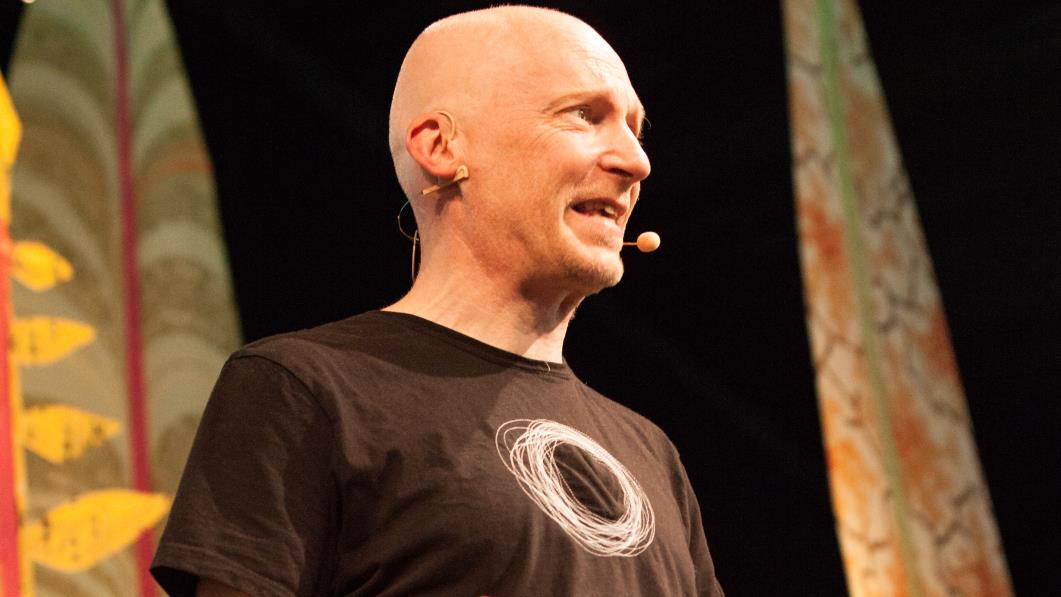
The Discovery of Zero
How many mathematicians does it take to fill the Tata tent (capacity 1,800)? Only one, if that mathematician is Marcus du Sautoy. Leaping on to the stage in jaunty checked trews and teal shoes, he soon had the audience eating out of his hands and scribbling down decimal points reaching to infinity. Credited with inspiring the Hay Levels project, where visiting luminaries record the nuggets of their expertise in a three-minute film, du Sautoy first explained when and how zero became a recognised number. This dates back to the seventh century, and a birch bark document in Oxford's Bodleian Library shows possibly the earliest example of the symbol.
The Babylonians counted in multiples of 6o. "The only advantage of leaving Europe," he said, "is that we can drop the decimal and metric and revert to the Babylonian system."
He explained that we refer to Arabic numerals, "but really they should be called Hindu-Arabic, because they originated in India". Du Sautoy loves India, showing a slide of a massive ad for Maths teachers, painted on an Indian wall, with the line 'Now there is a reason to believe'. "Where else would you find that?"
He referenced Georg Cantor (1845-1918), a German mathematician who developed set theory and sparked a debate on the 'infinity of infinities'. Racing through Egyptian, Asian and Australian history as a context for the study of mathematics, he made a plea for more history to be taught on maths courses at school.
It might make more sense to those who are allergic to the subject.
Please visit Hay Player for the world’s great writers on audio and film; https://www.hayfestival.com/hayplayer/default.aspx?